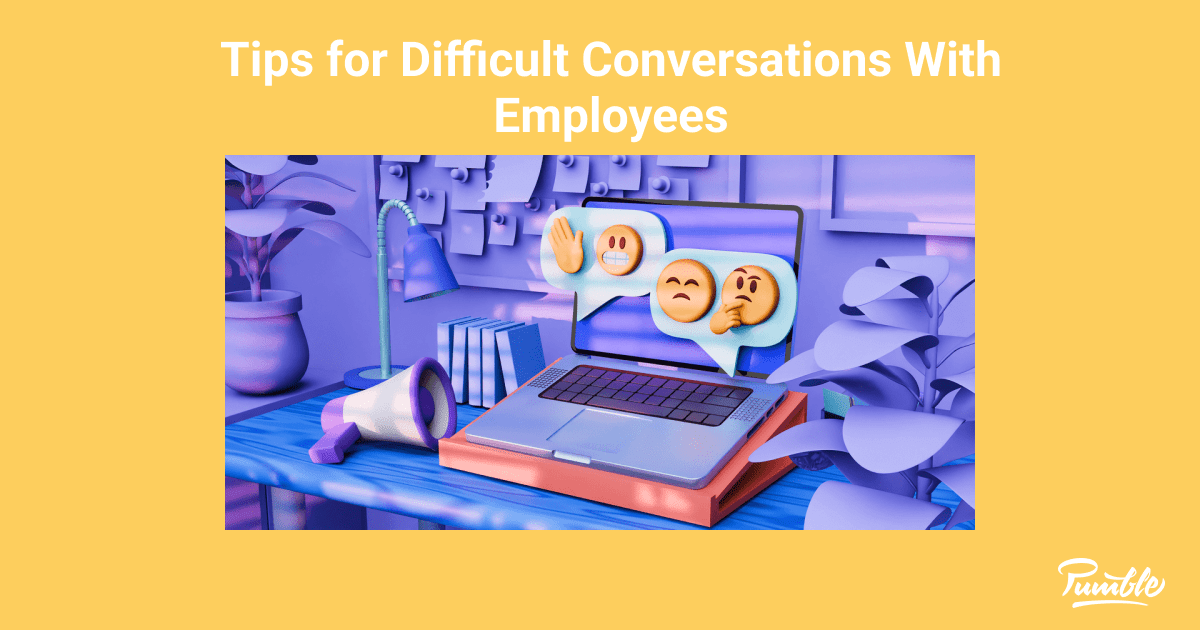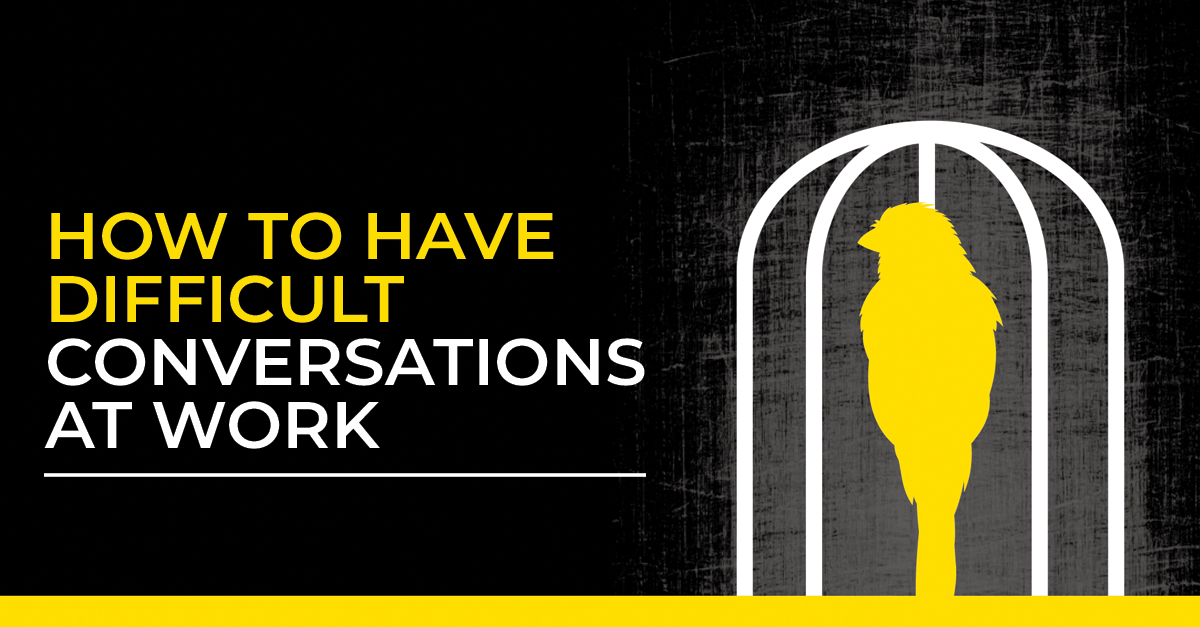How To Have Tough Conversations With Employees
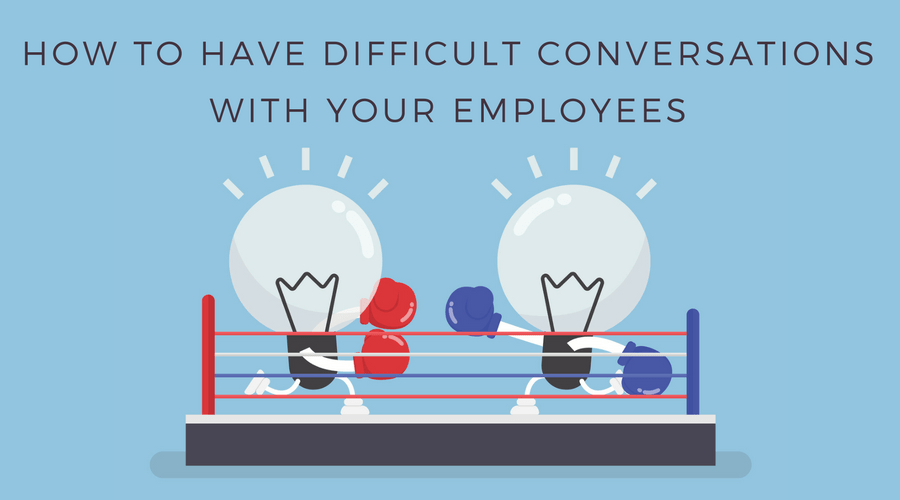
In today's dynamic workplace, avoiding difficult conversations is no longer a viable management strategy. The cost of silence – stifled innovation, decreased productivity, and damaged morale – is simply too high. Mastering the art of having tough conversations is now a critical skill for leaders at all levels, requiring a blend of empathy, clarity, and strategic communication.
This article provides practical guidance on how to navigate these sensitive interactions effectively. It emphasizes preparation, active listening, and a focus on solutions. By adopting these strategies, managers can turn potentially negative situations into opportunities for growth and development for both the individual and the organization.
Laying the Groundwork: Preparation is Key
Before initiating a difficult conversation, meticulous preparation is essential. Clearly define the issue at hand. Gather specific examples and data to support your observations and avoid vague or generalized accusations.
Consider the employee's perspective and potential reactions. Anticipate their questions and prepare thoughtful responses. Choosing the right time and place is crucial. Opt for a private, neutral setting where you can both speak freely without distractions.
Document, Document, Document
Accurate documentation is paramount. Maintain detailed records of performance issues, feedback given, and any agreed-upon action plans. This protects both the employee and the employer in the event of future disputes.
The Art of Delivery: Communication Strategies
Start the conversation by establishing a clear purpose and tone. Frame the discussion as an opportunity for growth and improvement, rather than an accusatory confrontation.
Use "I" statements to express your concerns and avoid blaming language. For example, say "I've noticed a pattern of missed deadlines," instead of "You're always late with your work." Active listening is critical. Pay attention to both verbal and nonverbal cues to understand the employee's perspective.
Allow them to express their thoughts and feelings without interruption. Ask clarifying questions to ensure you understand their viewpoint. According to a SHRM (Society for Human Resource Management) study, employees who feel heard are more likely to accept feedback and engage in positive change.
Navigating Emotional Reactions
Difficult conversations can often trigger emotional responses, such as anger, defensiveness, or sadness. Remain calm and empathetic, even if the employee becomes upset. Acknowledge their feelings without necessarily agreeing with their perspective.
Offer a brief pause if the employee needs time to compose themselves. Avoid escalating the situation by raising your voice or becoming defensive. Remember, the goal is to reach a resolution, not to win an argument.
Focus on Solutions: Collaborative Action Planning
The conversation should not end with simply identifying the problem. Work collaboratively with the employee to develop a concrete action plan for improvement. This plan should include specific, measurable, achievable, relevant, and time-bound (SMART) goals.
Define clear expectations and timelines for progress. Offer support and resources to help the employee succeed. For example, provide training, mentoring, or access to relevant tools and technologies.
The Importance of Follow-Up
Follow-up is crucial to ensure accountability and track progress. Schedule regular check-ins to discuss the employee's performance and provide ongoing feedback. Recognize and acknowledge improvements, however small.
Adjust the action plan as needed based on the employee's progress and evolving circumstances. If performance does not improve despite these efforts, be prepared to take further disciplinary action, following company policy and legal guidelines.
Looking Ahead: Building a Culture of Open Communication
Ultimately, the ability to have tough conversations is not just about managing individual performance; it's about fostering a culture of open communication and trust within the organization. Invest in leadership training programs that equip managers with the skills to handle difficult conversations effectively.
Encourage employees to provide upward feedback to their managers. Create safe spaces for employees to voice their concerns and suggestions without fear of reprisal. By fostering a culture of open communication, organizations can proactively address issues before they escalate and build a more engaged and productive workforce. As Dr. Brené Brown, a renowned researcher and author, states, "Clear is kind. Unclear is unkind."





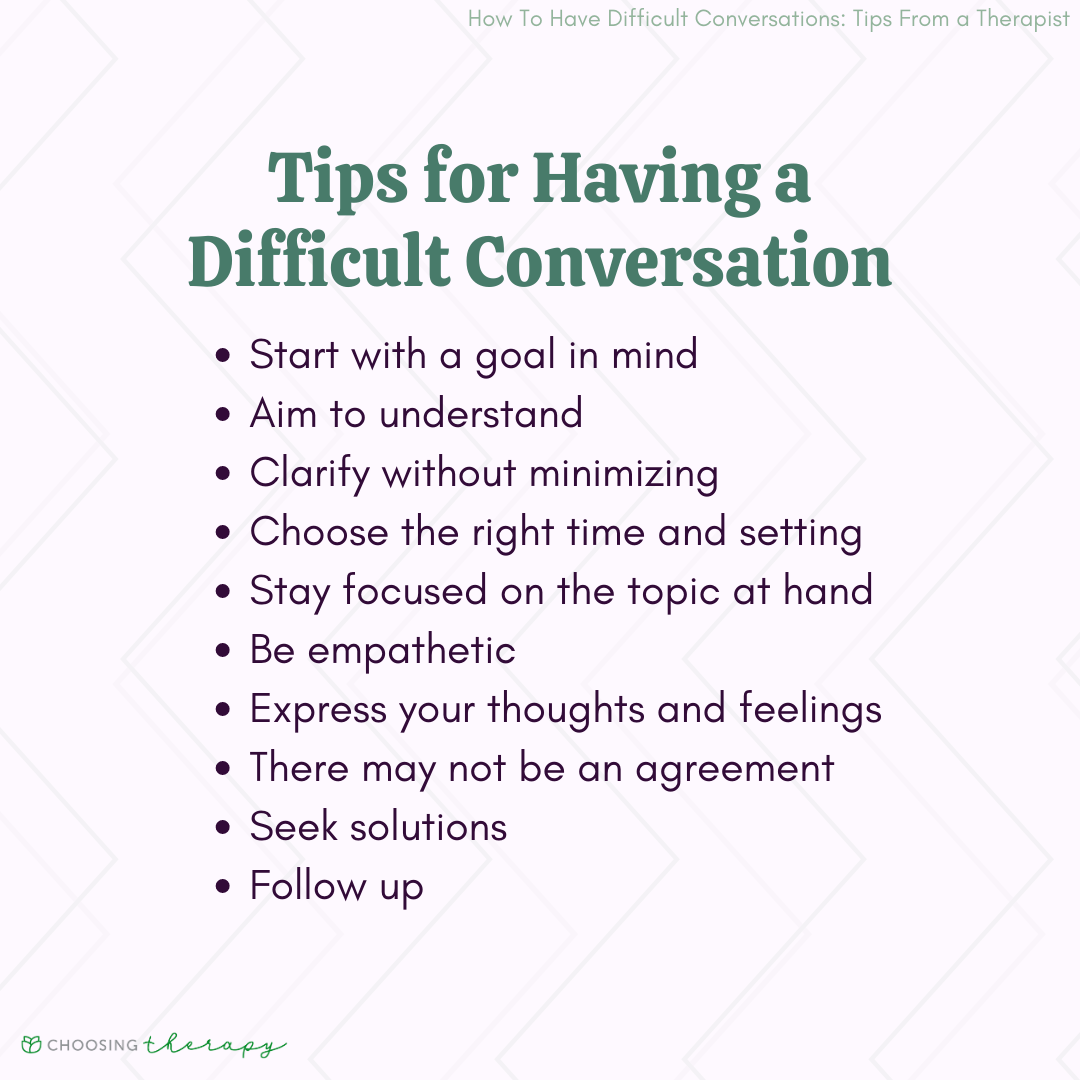

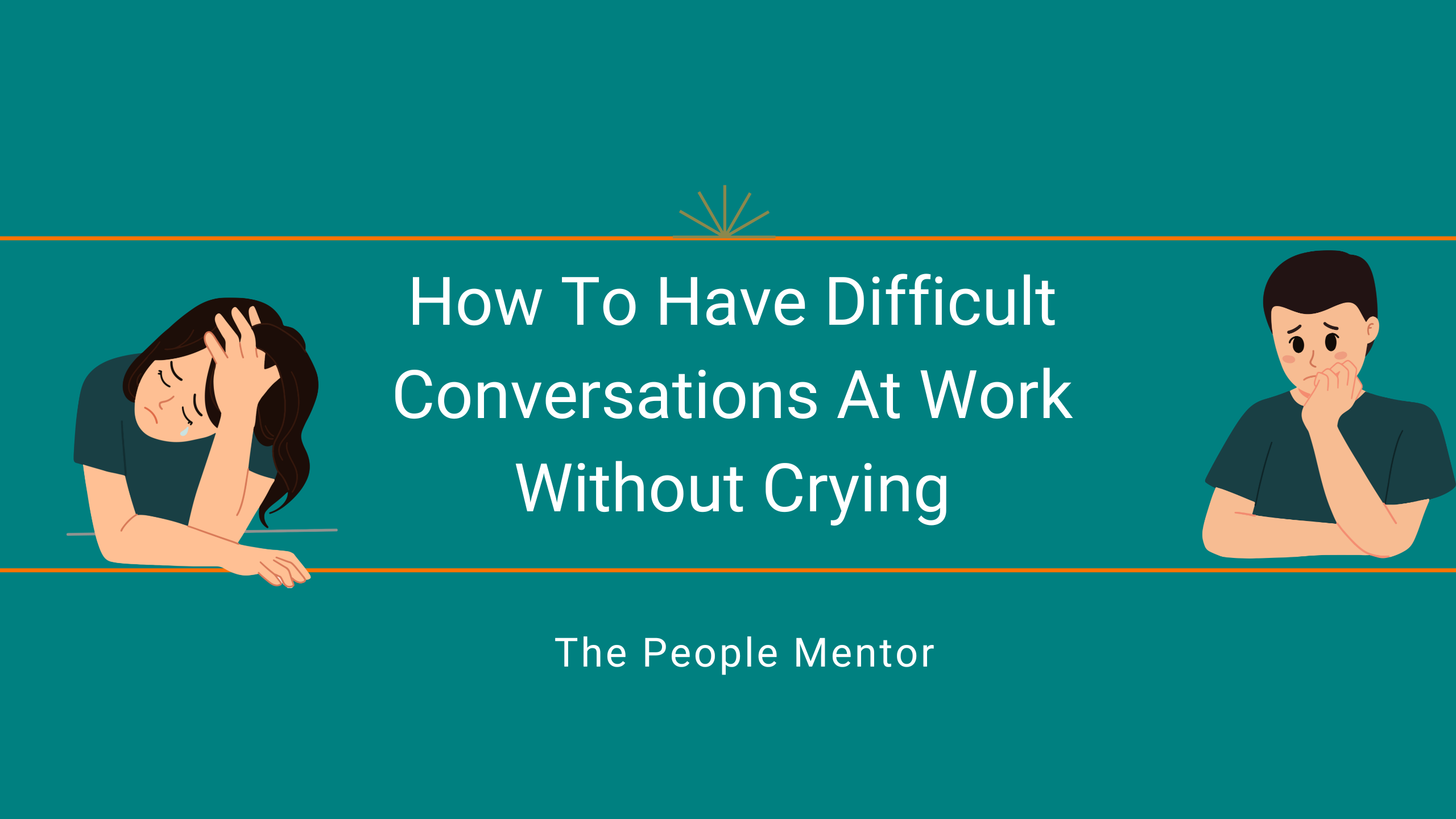




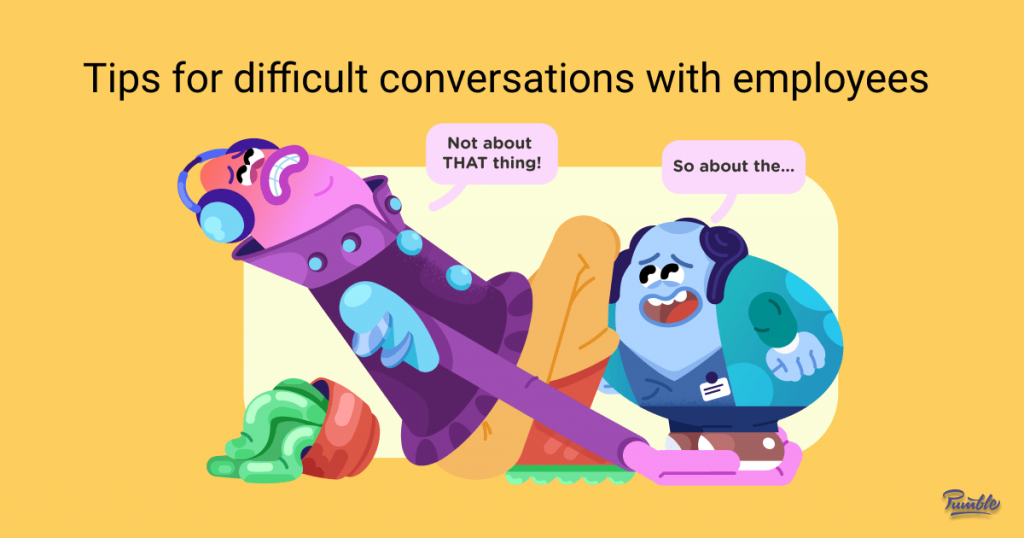
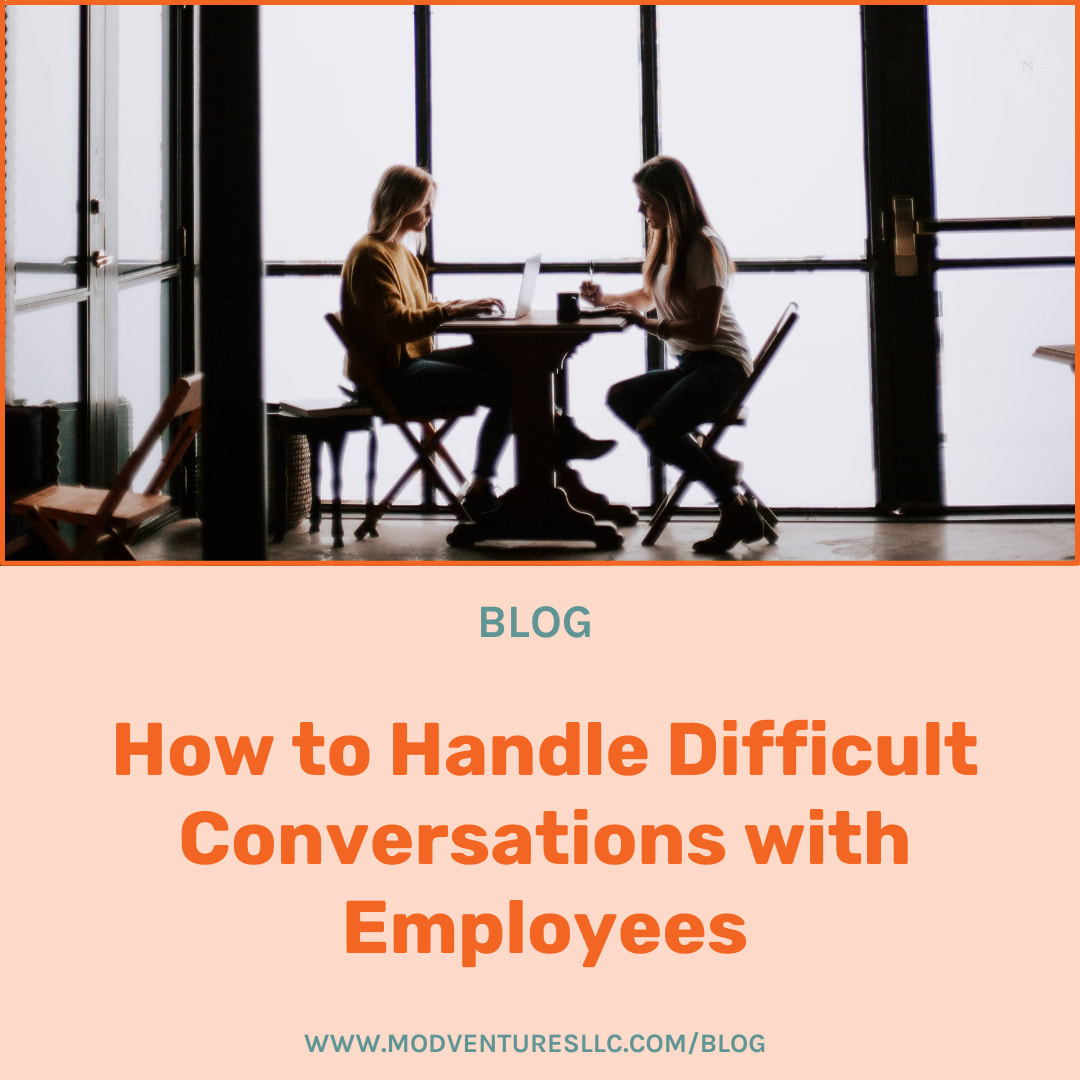
.webp?width=1200&height=800&name=how-to-have-difficult-conversations-with-employees (1).webp)

